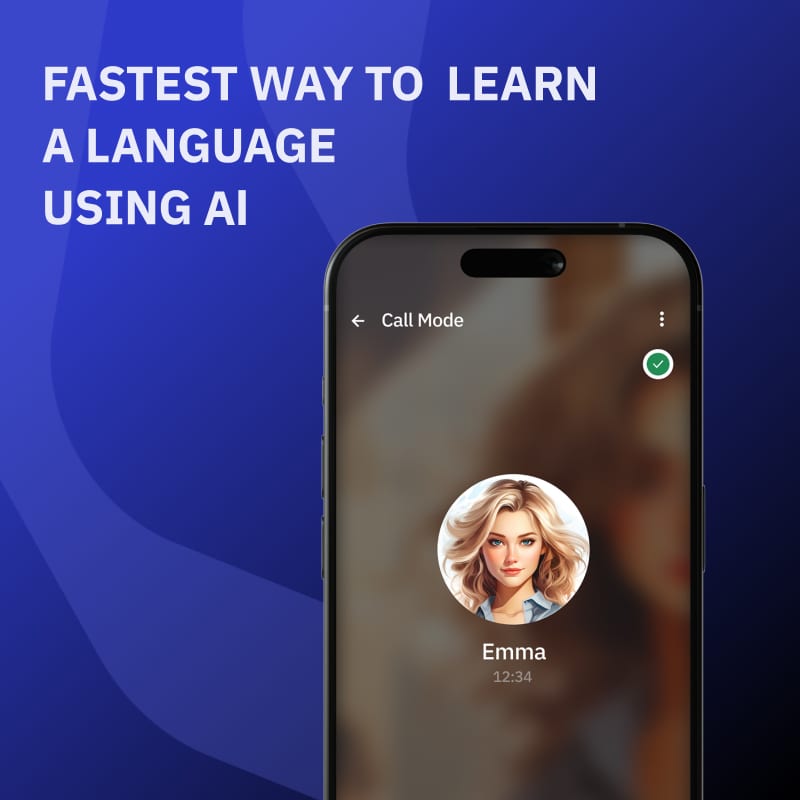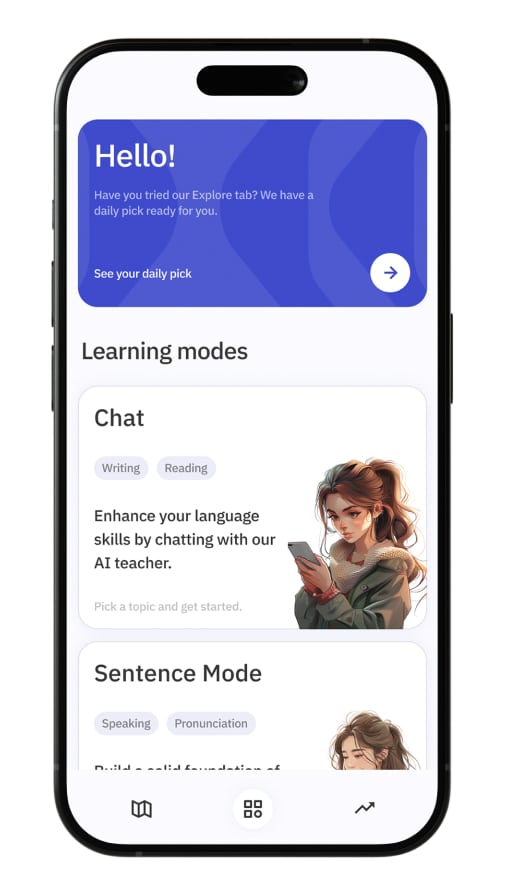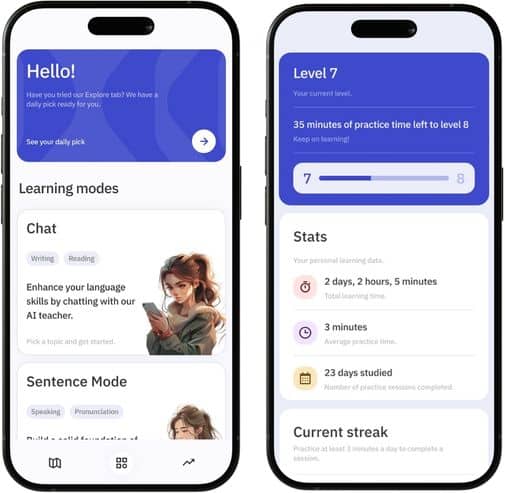Understanding the Role of AI Chatbots in Language Learning
Language learning has evolved significantly with the advent of technology. Among the most innovative tools are AI chatbots, designed to simulate conversation and provide instant feedback. These chatbots leverage artificial intelligence to understand and respond to user inputs, making them an excellent resource for practicing language skills.
Instant Interaction: AI chatbots are available 24/7, allowing learners to practice at any time of the day without needing a human partner. This is particularly useful for individuals with busy schedules.
Personalized Learning: Many AI chatbots can adapt their responses based on the proficiency level and learning pace of the user. This personalized interaction helps in addressing the specific needs and challenges of each learner.
Natural Language Processing: Chatbots equipped with NLP (Natural Language Processing) can understand and generate human-like responses. This technology enables the chatbot to correct grammatical errors, enhance vocabulary, and even help with pronunciation.
Choosing the Right AI Chatbot for Language Practice
With numerous AI chatbots available, selecting the right one can significantly impact the learning experience. Here are key factors to consider:
Language Options: Ensure the chatbot supports the language you are learning. Some chatbots are multilingual, which can be beneficial if you’re learning multiple languages.
Learning Features: Look for chatbots that offer comprehensive learning tools such as grammar tips, vocabulary games, and pronunciation practice. These features can provide a more rounded learning experience.
User Reviews: Checking reviews from other learners can provide insights into the chatbot’s effectiveness and user-friendliness.
Privacy and Security: Since language learning can involve personal data, it’s important to choose chatbots that guarantee data privacy and security.
Integrating AI Chatbots into Your Language Learning Routine
To effectively improve language skills, incorporating AI chatbots into daily practice is key. Here’s how to integrate these tools effectively:
Daily Conversations: Dedicate specific times each day for interactions with the chatbot. Regular practice can significantly improve fluency and confidence in using the language.
Focus on Weak Areas: Use chatbots to practice areas where you need more help. Whether it’s verb conjugation, sentence structure, or vocabulary, chatbots can provide practice tailored to these needs.
Progress Tracking: Some AI chatbots come with built-in tracking features that allow you to monitor your progress. Use this data to adjust your learning goals and strategies.
Maximizing Learning Outcomes with AI Chatbots
To maximize the benefits of using AI chatbots for language learning, consider the following strategies:
Active Engagement: Rather than passively reading responses from the chatbot, actively engage by asking questions, expressing opinions, and even challenging the chatbot’s responses.
Varying the Topics: Discuss a variety of topics to broaden your vocabulary and understanding of different contexts. Most chatbots are equipped to handle a range of subjects from weather conditions to political discussions.
Utilizing Feedback: Pay attention to the corrections and suggestions provided by the chatbot. Many chatbots highlight errors and offer corrections, which can be crucial for improving accuracy.
Consistent Review: Regularly review the conversations you’ve had with the chatbot. This can help reinforce what you’ve learned and identify areas that need more practice.
Challenges and Solutions When Using AI Chatbots
While AI chatbots are powerful tools for language learning, they come with their own set of challenges:
Limited Context Understanding: Sometimes, chatbots may not fully grasp the context of the conversation, leading to irrelevant responses. It’s important to be patient and try rephrasing your sentences for better interactions.
Technical Issues: Connectivity problems or software glitches can affect the functionality of AI chatbots. Ensuring a stable internet connection and using updated software can help mitigate these issues.
Overreliance: Solely relying on chatbots can limit exposure to real-life conversations and cultural nuances. Complementing chatbot practice with other learning methods, such as language classes and real-world interactions, is essential.
Future of AI Chatbots in Language Learning
The future of AI chatbots in language learning looks promising with ongoing advancements in AI and machine learning. These technologies are expected to make chatbots even more interactive, accurate, and personalized. The integration of augmented reality and virtual reality with AI chatbots could also create immersive language learning experiences that closely mimic real-world interactions.
In conclusion, AI chatbots are transforming the way we learn languages. By providing a convenient, interactive, and adaptable platform, they allow learners to practice and improve their language skills effectively. However, for the best results, it’s crucial to choose the right chatbot, integrate it properly into your learning routine, and balance its use with other learning methods. As technology advances, the capabilities of AI chatbots will continue to expand, further enhancing their value in language education.













